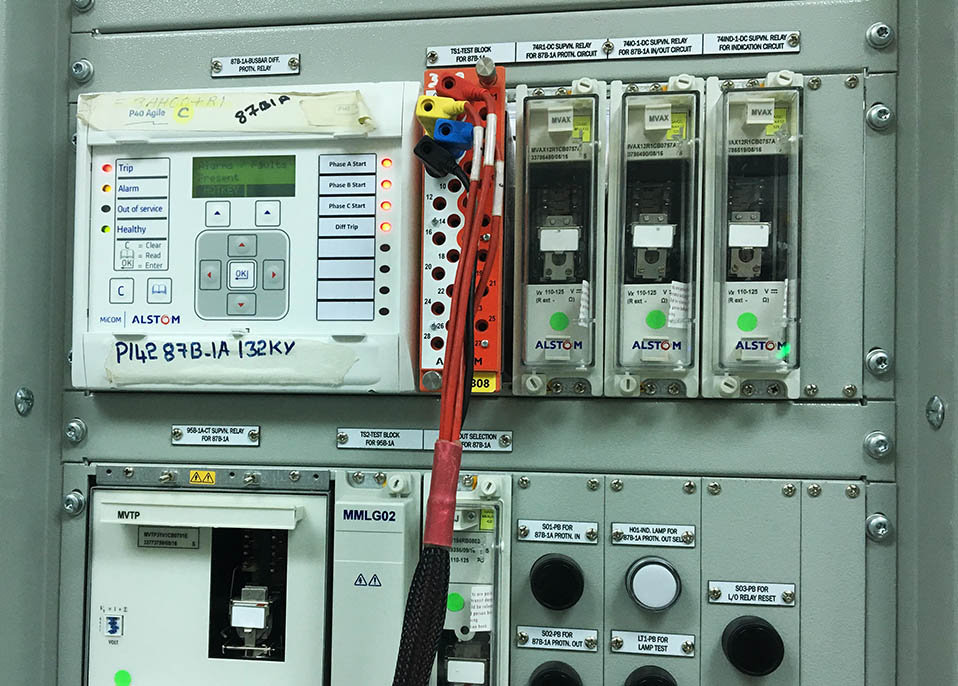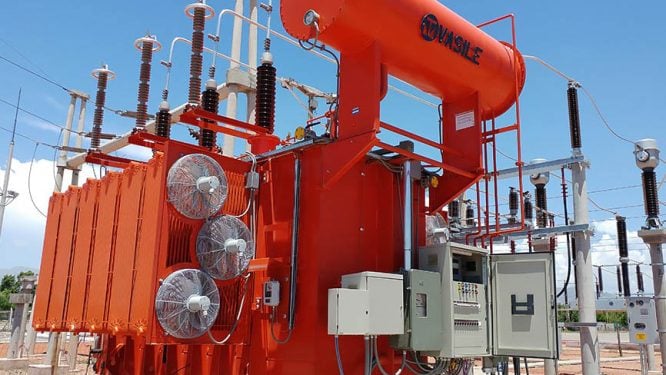Description
This course deals with the very important relay protection function – a Circuit Breaker Failure (CBF) protection. By the time you have finished this course, you will be able to comprehend the function of the circuit breaker failure relay, the circuit breaker failure scheme/trip matrix, the manner in which CBF stage 1 and 2 function, and CBF protection for various busbar schemes. The course consists of 12 lessons, and it takes 2 hours 12 mins.
In the event that the nearest circuit breaker fails to clear a system fault, the circuit breaker failure protection acts as a secondary line of defense for the system.
During this course, we will begin with fundamental ideas and explain the symbol for circuit breakers as well as the appearance of circuit breakers in substations. You will begin by learning how to express a circuit breaker using an ANSI code, as well as the distinction between a line isolator and a circuit breaker.
What are the many functions that are carried out by a circuit breaker? What is an arc, how can an arc be extinguished, what kinds of media can extinguish an arc, and what will occur if an arc is not extinguished? This course answers all these questions and doubts.
What you will learn in this course:
Different types of breaker failure that can occur in power system:
- CB Failure due to mechanism fail
- CB Failure due to non-interruption of fault current
- CB Failure due to DC control/trip supply fail
- CB Failure due to tripping coil failure
- CB Failure due to low DC voltage
- CB Failure due to auxiliary contact failure
- CB Failure due to fire
- CB Failure due to delayed tripping
- CB Pole discrepancy
What is Circuit Breaker Pole Discrepancy:
- Single pole & three pole circuit breaker operated mechanisms
- Advantages of single pole tripping & reclosing
- How single pole reclosing support system
- What is the meaning of pole discrepancy
- How pole discrepancy is detected in system
- Pole-discrepancy circuit working principle
- Timer circuit in pole discrepancy
- Stage 1 & Stage 2 operations of pole discrepancy
- Pole discrepancy during closing command & tripping command
- Re-trip and 2nd stage
- What is typical time settings for pole discrepancy
- Creation of 3I0 zero sequence current during pole discrepancy condition
- How Pole Discrepancy can lead to indiscriminate tripping in the network
Busbar Schemes:
- Single-Bus Single-Breaker Scheme
- Double-Bus Single-Breaker Scheme
- One-and-half Breaker scheme
- Mesh-Breaker schemes
- Double-Bus and Double-Breaker
- How to change overload from one bus to another bus without interruption
- Advantages of different busbar scheme
Circuit Breaker Fail Philosophy:
- Circuit breaker failure protection using relay coordination at LV/MV levels
- What to do how to protect if one breaker fail
- Basic concept of breaker failure (CBF protection schemes & logic)
- CBF protection example in one-and-half breaker scheme
- How to protect system if middle breaker fail,
- How to protect system if main breaker fail.
- CBF protection example in double-bus double-breaker busbar
- The case of bus coupler & bus sectionalizer.
Circuit Breaker Failure Logic, and Function:
- CB Failure logic block
- CBF initiation function
- CBF current guard
- CBF low current mode
- CBF CB auxiliary contact input
- CBF timer
- CBF stage 1 & Stage 2
- CBF for mechanical protection not involving current
- CBF protection and End fault protection
- CBF Re-trip & 2nd stage faulty CB isolation from sources
- CBF when circuit breaker is faulty
- CBF and lockout function, 86 close block relay
- CBF & CB close blocking
- CBF typical times for stage 1 & stage 2 & when CB faulty
Requirements:
- The basics of power systems
- Knowledge of basic substation terms
- Understanding the basic relay protection terminology and principles
- Passion and patience for learning.
Who Is This Course For:
- Substation engineers
- Practicing power system engineers
- Maintenance staff
- Electrical engineering students planning on pursuing a career in power engineering
- Power system protection engineers







Reviews
There are no reviews yet.